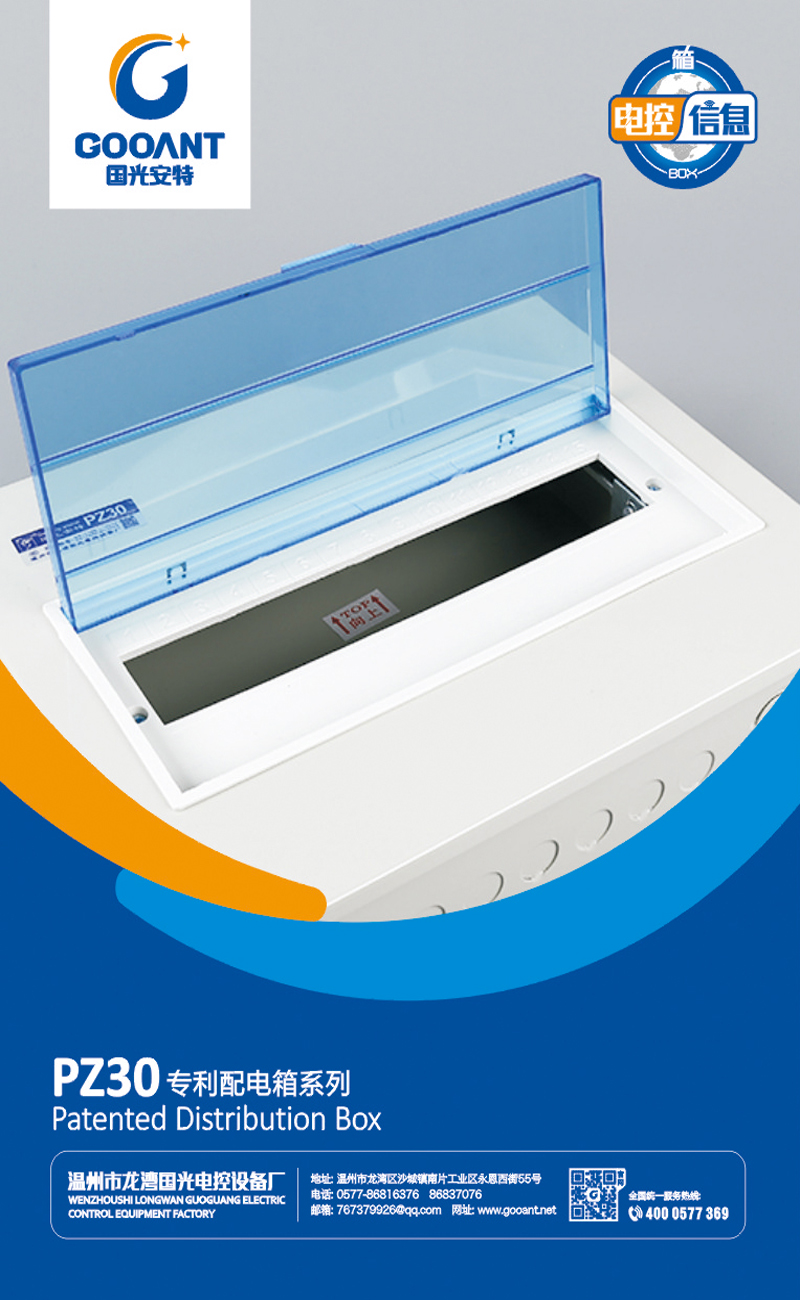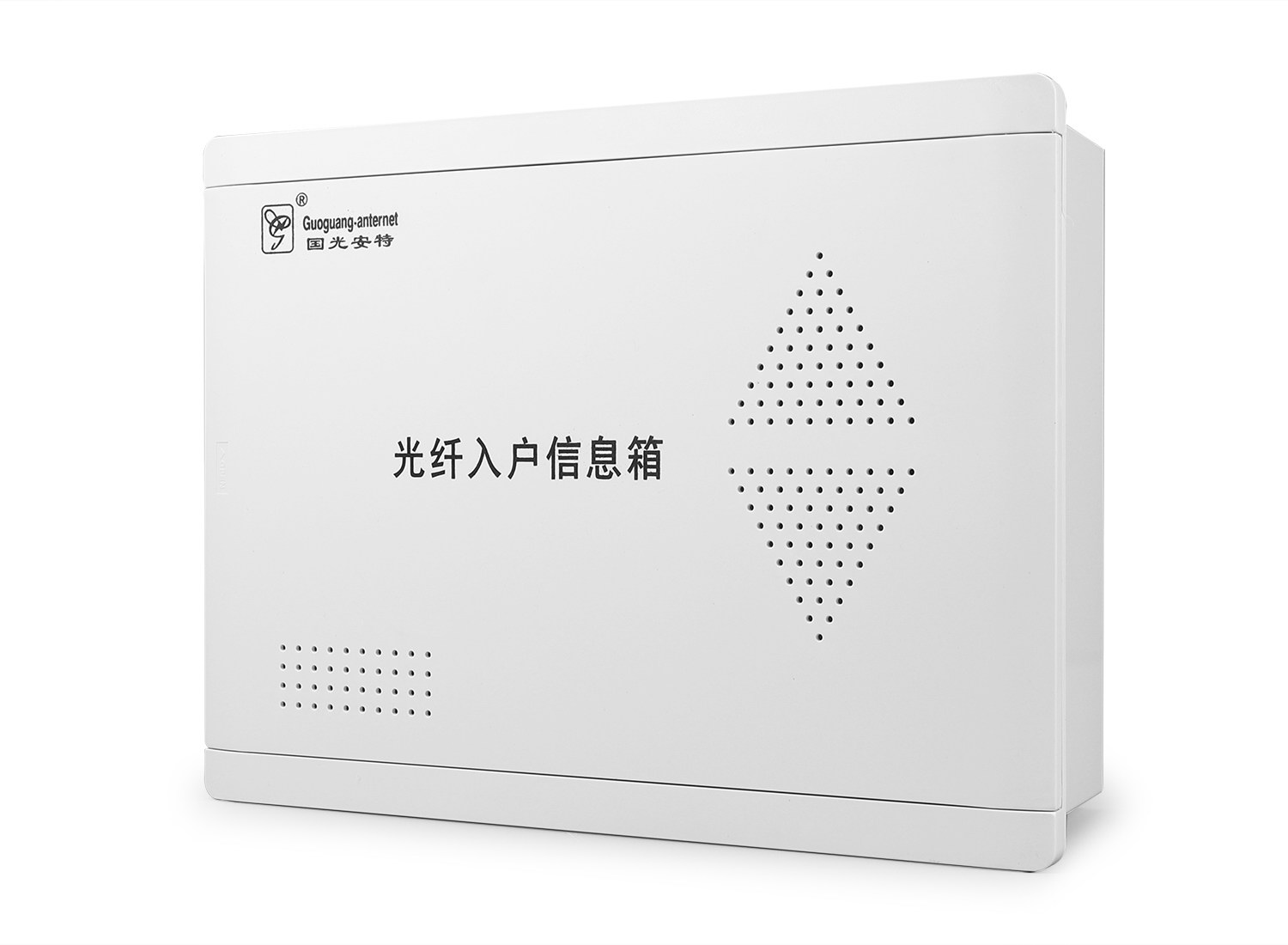Catalog
Gooant

Latest Exhibition
01 March 2019 at 8 PMLorem ipsum dolore consectetur adipisicing elito incididunto pertinole.
Need help?
If you have any questions, please contact us. 。
Hot line:
400 0577 369
In the future, smart home or mainstream residential standard matching still need to solve various problems.
发布时间:2019-09-04 09:23:33, 发布者 by Gooant, 点击率 : 次

Within 3 to 5 years, smart home or become the standard of mainstream residential. Maybe soon, the configuration of smart home will become as natural as water, electricity and household decoration. There are smart home industry people so optimistic estimate.
According to the data released by relevant agencies, the smart home market will reach 180 billion yuan by 2018. Will smart home be popular?
Smart HomeGreat market prospects
"The survey shows that more than 90% of the respondents are interested in smart home, while most of the respondents who are interested in smart home can afford 15% of the cost of home decoration to spend on smart configuration." In the 2016 Internet + home decoration business model Innovation Summit held recently, smart home has become the high frequency word mentioned in the industry. Yang Wenbing, director of the strategic alliance of technology innovation strategy of the provincial intelligent home industry, said that consumption upgrading is the trend of the times, and the overall purchasing potential of consumers is huge. The phenomenon of seeking low prices, but pay more attention to product quality and service experience.
At present, the smart home market in Hefei is still in its infancy, the overall volume is not large, but the future prospects are huge. According to the "Research and Analysis Report on Development Trends and Investment Potential of China's Smart Home Industry from 2013 to 2018" published by China Industry Information Network, the annual growth rate of China's smart home market is 20% from 2006 to 2011, and it is expected that the annual growth rate will reach about 25% from 2012 to 2020. The "China Smart Home Market Research Report" points out that due to the increasing number of smart home hardware products in the market and the increasing popularity of the consumer market, the size of the smart home market in China will increase significantly in 2016. By 2018, smart home products will be accepted by the consumer market, and the market size will reach 180 billion yuan. Industry insiders said that 2014 is the first year of smart home in China. Whether it is the Internet giant, or domestic appliances enterprises, IT enterprises, e-commerce and other high-profile smart home. At present, the bottleneck of the development of smart home lies in the excellent and real user experience. It can be said that simple operation and extreme experience should be the key to the rise of smart home brand in the future. At present, the smart home market is still in the cultivation stage, in the next 10 years, the industry will be in the ascendant stage.
Promote popularityNeed to Solve the Pain Point
Although the prospects are huge, at present, there is not much demand for real landing. Among them, cost-effective has become the biggest pain point.
Yang Wenbing told reporters that a well-functioning smart home system, including conventional lighting remote control, electrical remote control, electric curtain remote control, multi-room family background music and video sharing functions, security alarm and network video surveillance functions, the use of domestic brands requires at least 20,000 to 30,000 yuan; It is a set of smart home system. The domestic price ranges from 30,000 yuan to 100,000 yuan, while the imported price is as high as hundreds of thousands of yuan or even millions of yuan. This is related to high-tech R&D and small-scale production, which makes the cost of smart home high. It is also one of the important reasons why smart home can not be popularized at present. In addition, in the construction process, smart home needs a series of integrated wiring, complex system settings and installation debugging, will also spend a lot of manpower, cost is not small.
There are also cheap intelligent products on the market, but the stability is not high and the sense of use is not strong. The quality of these intelligent single products is uneven and the homogeneity is serious. Many smart homes have many functions, but these functions are not convenient to operate. Many users have used smart home products, and found that most of them are not practical. In fact, this has not achieved the desired effect of smart home, so it is difficult to obtain consumer recognition. In addition, at present, the development of smart home industry is limited by the different standards and the disorder of communication protocols. Smart home manufacturers basically do their own thing, without a unified standard, incompatible with each other. The lack of stability and coordination of products also restricts the development of smart home market to a certain extent.
Relevant security experts said that smart home as a new thing, there are still many imperfections in network security, equipment security, system security, data storage and privacy security. A previous study found that there are hundreds of security vulnerabilities in the top ten popular smart home devices, including "TV, webcam, remote control socket, door lock, home alarm and garage door remote control switch".
Smart Home
Urgent need for unified standards
Yang Wenbing said that the smart home industry is developing rapidly at present, and all manufacturers are competing for the market. But the smart home industry should slow down, first do a good job of "quality" and then seek "quantity".
At present, smart home is more like interconnected home, and there is still a certain distance between smart home and the expectation of the public. From the product point of view, whether hardware or software, there is an urgent need for innovation; some unnecessary functions or functions rarely used by consumers should be simplified as far as possible to enhance consumers'experience. As far as the industry itself is concerned, the interconnection and interoperability of smart home is crucial. The industry needs a measurement standard to unify products, interfaces and technologies. However, the relevant domestic standards are uneven, and there is no uniform caliber. It is urgent for the government, industry associations and enterprises to jointly participate in the formulation of a unified standard for smart home.
In addition, senior analyst Wu Qiang said that in the Internet era, the decoration industry needs to integrate user demand points to form an ecology. Businesses need to be the same as others.